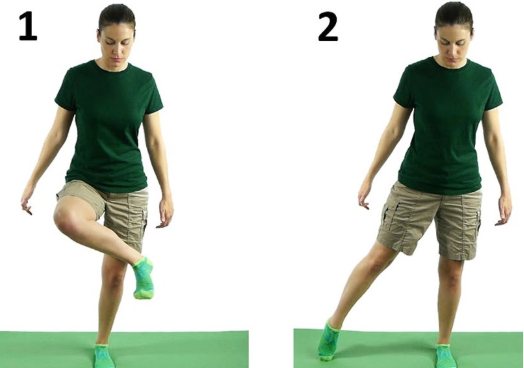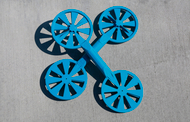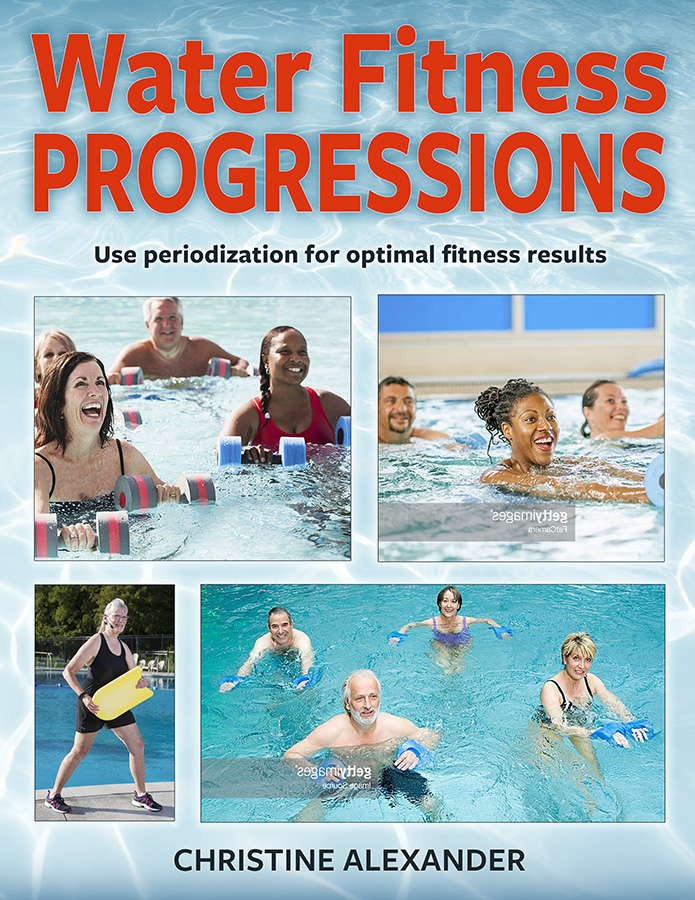
Some of my water fitness class participants enjoy stretching at the end of class and a few leave the pool before we get to the stretches. Are they missing anything important?
The American College of Sports Medicine recommends incorporating stretching exercises into your workouts 2-3 days a week but notes that daily stretching is most effective. They recommend that stretches be held for 10-30 seconds. Stretches that are held for 10-30 seconds are called static stretches. Stretching can also be dynamic. This means that you move a joint slowly through its full range of motion.
Stretching is a way to improve flexibility. Loss of flexibility results in a slower walking speed, smaller steps while walking, back pain and increased risk of falls. Improving flexibility reduces your risk of getting injured during physical activity. Muscles that are less tense are likely to have fewer aches and pains. You are less likely to have muscle cramps. Increasing your range of motion helps with balance. Flexibility and strength are two sides of the same coin. Stretching lengthens the muscles while strength training contracts the muscles. Performing both types of exercises makes you more physically fit.


There is a type of dynamic flexibility training that involves both stretching and contracting the muscle group being targeted. It is called Proprioceptive Neuromuscular Facilitation or PNF for short. In PNF an arm or a leg moves in a diagonal pattern. In the first illustration above, the right arm starts at the upper left front corner (left shoulder) and moves to the lower right rear corner. In the second illustration, the right leg starts at the upper left front corner and moves to the lower right rear corner. The opposite motion from the lower left front corner to the upper right rear corner is also performed. PNF stretching improves range of motion and muscular strength at the same time.

Ai Chi is another form of dynamic stretching. It was developed in Japan in 1993 by Jun Konno and introduced to the United States by Ruth Sova. Typically performed in shoulder depth water, Ai Chi moves arms and legs through a full range of motion while focusing on breathing patterns. You can find a video of Jun Konno performing Ai Chi on YouTube. A number of variations of Ai Chi have been developed. I find Ai Chi wonderfully relaxing and created a variation to use with my deep water classes. Ruth Sova is compiling the variations, including mine for deep water, which she will publish later in 2020.
Static stretching, dynamic stretching, PNF and Ai Chi can all be performed in a water fitness class to meet the American College of Sports Medicine’s recommendations on flexibility exercises. If you would like some ideas for stretches for various muscle groups to get you started, see pages 18-19 for shallow water and pages 175-176 for deep water in my book Water Fitness Progressions.
See you in the pool!

Chris Alexander














